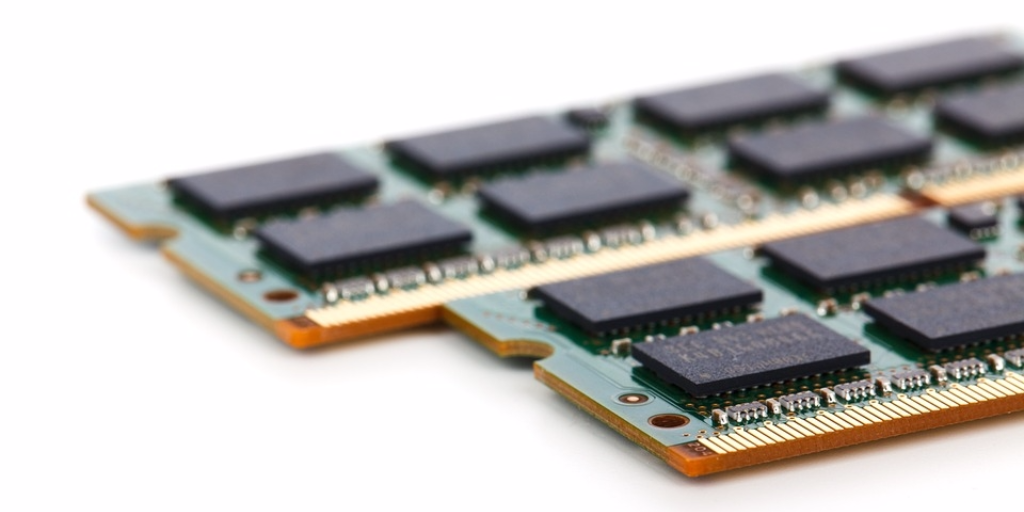Computer Memory is the temporary (or maybe permanent) storage block in a computer. In general, the computer consists of the main four blocks. They are the memory, I/O, arithmetic & logic unit, and the central processing unit. The computer memory controls all the information (data and instruction) that is processed in the central processing unit. Computer memory means the internal storage areas present in a computer that comes in the form of chips.
There are many types of computer memory that have different functions and applications. In general, computer memory is classified into two major headings. They are termed Random Access Memory (RAM) and Read-Only Memory (ROM).
Random Access Memory (RAM) in Computer Memory
It is the most common type of computer memory which is frequently used in a computer and can be accessed randomly. The random access memory is available in the form of integrated circuits which allows data and instruction to be read & written in the same amount of time. RAM is called the volatile type of memory because the data and information stored are lost when the power is switched off.Random-access memory is classified into two types. They are termed Dynamic Random Access Memory (DRAM) and Static Random Access Memory (SRAM). The more common type of memory is DRAM.
Dynamic Random Access Memory (DRAM) in Computer Memory
The dynamic random access memory is the common type of memory that is used for main memory. There is the presence of the capacitor in the DRAM where the bits are stored as charge in it. Therefore, the capacitor plays an important role in the dynamic random access memory. Also, there is the presence of an extra circuit which makes DRAM quite costly as compared to the static random access memory.The construction of DRAM is quite simple as it consists of only one transistor and one capacitor. The size of dynamic random access memory is small. But, the main disadvantage of dynamic random access memory is that the charges may leak. Similarly, another disadvantage of DRAM is that the speed is slow compared to the static random access memory and also requires refreshing the circuit when power is ON. With the help of the refreshing circuit, DRAM has refreshed thousands of times per second. That is the reason why static random access memory is faster than dynamic random access memory.
Static Random Access Memory (SRAM) in Computer Memory
It is the fastest and more reliable type of memory which don't need to be refreshed like dynamic random access memory. The construction of static random access memory is quite complex as compared to dynamic random access memory. It consists of six transistors and no capacitor. As there is no capacitor, obviously there are no charges to leak. Here, the transistor plays an important role as it acts as a switch where bits are stored as an ON/OFF switch.The static random access memory doesn't contain a refreshing circuit. Therefore, it performs faster speed. It is the digital type of random access memory which are also used for Cache Memory.
